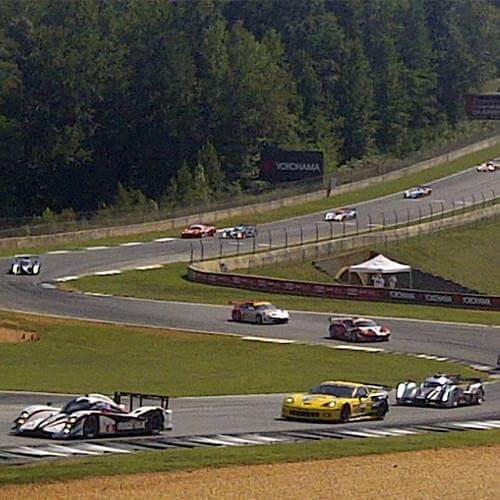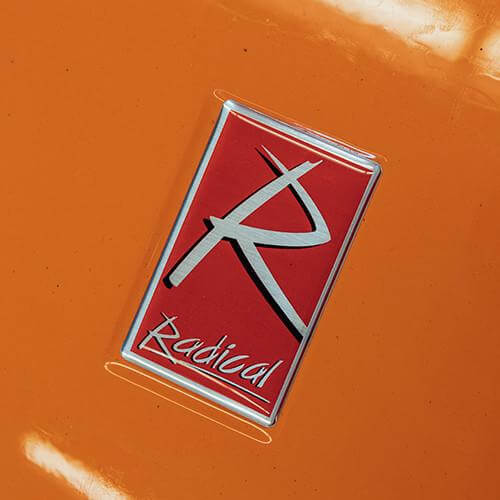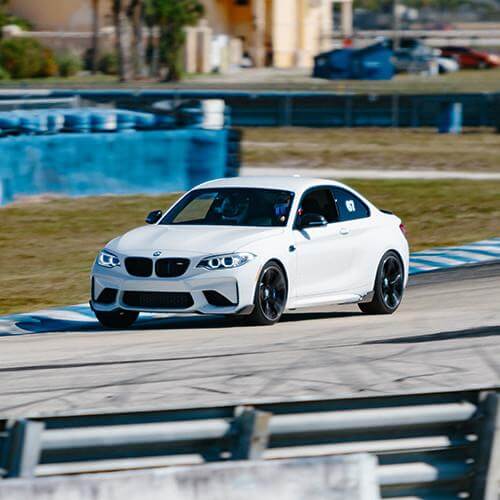The brake system is one of the least understood systems on a racecar. Ironically, it is a very simple system, but it can have some surprises sometimes, which is not ideal since a racer should never be caught off-guard. Unfortunately, brake issues are one of the most common problems drivers face on race weekend.
The good news is that bleeding the brakes can relieve some of the brake issues that can pop up out of nowhere at the worst time. Using the proper brake bleeding method and knowing the reasons behind the method can help avoid some serious brake issues.
Steps for Bleeding Racecar Brakes
When bleeding the brakes of a racecar, you want to do the following:
- Use the right bleeding bottles, which should be transparent so you can see the color of the brake fluid and any bubbles. The bottle has a transparent tube with a top that is long enough to fit over the caliper’s bleed screw when you sit the bottle on the ground. The fit should be tight, and the tube must be flexible. If the bleed screws are small, you can slip a small tube inside the main tube to make it fit tightly. You don’t want any air leaking into the tube, or you could become confused thinking that the bubbles are coming from the calipers and not an air leak. Make sure there is some fluid in the bottle before you begin bleeding the brakes.
- You can use two bottles at each end of the car to begin the pressure bleed. The brake pedal needs to be pressed firmly and slowly by another person about three or four times. At the end of the last push, your helper should scream “pressure” and keep the pedal pushed down. Open the bleed screws about one-quarter of a turn. The screw needs to be opened far enough so that the right amount of fluid will move through the hose. When both screws are open, the fluid will move out of the caliper and will bring any air bubbles into the hose. Your helper will feel the pedal hit bottom, which is when the bleed screws need to be completely closed.
- You want to repeat the process until the brake fluid becomes clear and has no bubbles. Always check the tube connection to ensure it is tight. You don’t want to think air is coming out of the caliper when that may not be the case. When you believe the air is removed from the system, have your helper try the brake pedal when the bleed screws are closed. The pedal should feel firm again. If the pedal feels mushy or it pops back up, then the system still has air in it. You will then have to bleed the brakes again. If the pedal feels solid, but it slowly moves down as the pressure is maintained, you have a master cylinder experiencing an internal leak. The master cylinder will need to be replaced or rebuilt. Fluid leaking out of a master cylinder’s end seal is also a clue that there is a leak.
- When everything feels solid, it’s time to top off the fluid and screw the caps back on. The caps have to be tight, or they will vibrate off when on the track. Use brake cleaner to clean the master cylinders and surrounding area. Let the area blow dry. You don’t want the brake cleaner getting into vent holes.
Tips for Making Brake Bleeding Painless
If you have issues removing screws, use a six-point box-end wrench to remove them. You don’t want to break the screws. Breaking a screw means removing the caliper and using a drill press to do it.
Another issue that you may come across is boiled brake fluid. If that’s the case, you want to flush brake fluid through the system. You want to do this anyway if it has been a while since the brake system was bled, because old brake fluid is diluted brake fluid. All you have to do is open the bleed screws in the front and rear and have your helper push the pedal repeatedly. When it looks like most of the old fluid and air are out, you can close the bleed screws and then perform a pressure bleed.
You’ll also need to bleed the master cylinders that you replace. You don’t need any air bubbles coming up into the reservoir. If you see bubbles popping up when the pedal is pushed, you know the cylinders need to be bled. To do this, you will take your tubing, tightly fit it to the output, and bend it in a way that the fluid that is exiting is returned to the reservoir. Your helper will need to push the pedal and not stop until the fluid is clear with no bubbles. After this, you can flush the brakes.
Why Is This Important?
It doesn’t take long for brake fluid to muck up because it absorbs water from the air. This can cause it to become saturated with water, which decreases its ability to handle heat. When the fluid boils, it turns into gasoline, which makes the fluid ineffective. Imagine being on the track and the brakes not operating the way that they should. This presents a very dangerous situation. Keeping the fluid dry is very important. Bleeding the brakes and ensuring the fluid is clean and free of air help with this.
The most extreme danger of having brake fluid that contains air and has so much moisture that it experiences a lower boiling point is complete brake failure. Many “unexplained” brake failures have been the result of brake fluid issues. A lot of undue stress can also be put on the brakes. Even in street vehicles, fluid boil has been the cause of many accidents.
How Often Should Racecar Brakes Be Bled?
To make sure you don’t become a racing statistic, it is best to bleed the brakes annually. The start of the racing season is the perfect time to do it. Depending on the type of racing you are doing, you may want to bleed your brakes at the end of the track season. The goal is to keep you safe and to protect the integrity of your brakes so they perform the way they should.
Are you interested in learning more about the importance of racecar maintenance? Contact us today!



